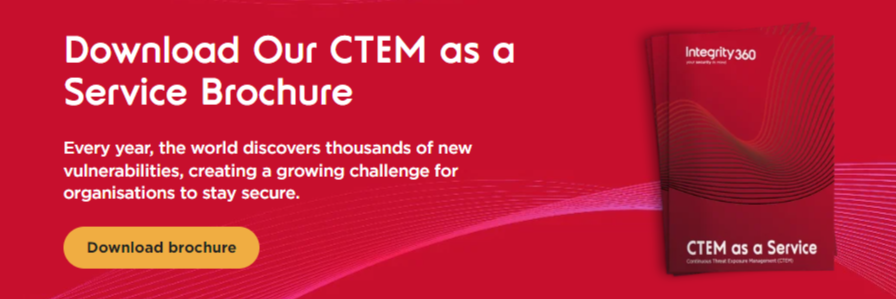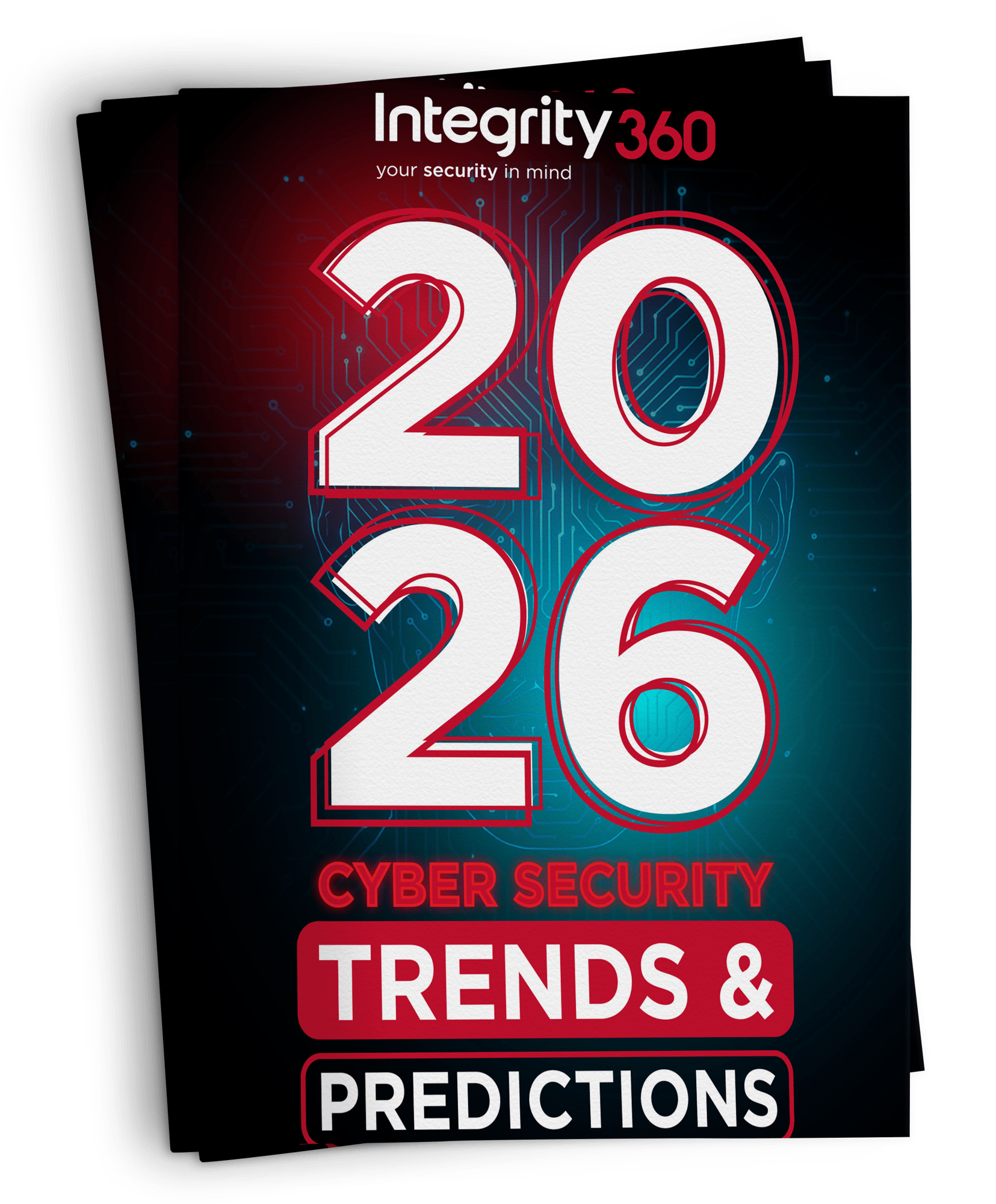Cyber security is not optional. Whether you lead a small startup or a large corporation, in any industry from manufacturing to healthcare, your business runs on technology and data.
Think of it like driving a car. You can be the safest driver on the road, always obeying the rules and staying focused. But what happens when someone else crashes into you? That’s why you wear a seatbelt, make sure the airbags work, and have insurance. The same logic applies to cyber security: you might have the best intentions and run a clean operation, but if you’re not prepared, it won’t matter when someone else’s mistake or a threat actor with malicious intent crashes into your digital world.
Don’t wait for something to go wrong
Cyber attacks don’t always come with flashing red lights and alarms. That’s Hollywood fiction. Instead they’re often quiet, creeping in unnoticed until it’s too late. Threat actors are evolving, and the pace at which attacks can unfold is increasing thanks to new tactics, techniques and tools like AI. That’s why reactive approaches simply don’t cut it anymore.
Proactive cyber security means thinking ahead. It’s about gaining strong visibility into your environment, understanding where your data lives, and identifying what’s exposed. Can you spot anomalies in behaviour? Do you know if your backups are secure? Do you have a solid strategy and incident response plan in place if your systems go down?
These are questions that every business, regardless of size, should be able to answer. Unfortunately, many still can’t. And that’s where much of the danger lies. Not in malicious intent, but in complacency.
The basics aren’t basic anymore
The foundation of any cyber strategy should be built on three core pillars: the ability to protect, detect, and recover. And yet, far too many businesses fail at one or more of these.
Protecting your assets isn’t just about putting a firewall in place or installing antivirus software. It’s about understanding how your employees interact with systems, how data flows across your network, and how attackers might exploit weak links whether through a phishing email, a misconfigured cloud storage bucket, outdated software or a weakness in a third party.
Detection is where many businesses falter. It’s not just about having tools in place, but about having the right eyes on them. Are you spotting threats as they happen, or are you learning about them weeks or months after the fact? Are the tools you’re using overwhelming you with false positives? Is your security team overstretched and burnt out?
And finally, recovery. If a ransomware attack were to hit tomorrow, could you recover critical systems without paying a ransom? Are your backups up to date, tested, and accessible?
Are you really ready?
Ask yourself:
- Do you know what’s really happening in your cyber environment?
- Are you compliant with the regulations that apply to your sector?
- Who do you call when things go wrong?
- Do you have a response plan — and have you actually tested it?
Cyber security is not a box-ticking exercise. It’s a mindset. It requires curiosity, regular testing, and a willingness to find weaknesses before someone else does. Every business has its own strategy, its own architecture, and its own level of risk. But the ultimate goal is the same: stay ahead of attackers by being prepared, informed, and adaptable.
A false sense or security
One of the biggest dangers in cyber security is comfort. The belief that “we’re fine because nothing has happened yet” is a trap. Cyber threats are becoming more sophisticated and more targeted, with AI-driven attacks, supply chain compromises, and insider threats all on the rise.
It’s easy to become lulled into a false sense of security when nothing seems wrong. But in cyber, what you don’t know can hurt you, badly. A single breach can bring operations to a halt, damage your reputation, and cost millions in recovery and fines.
That’s why it’s critical to continually review and improve your security posture. Whether it's adopting zero-trust principles, running red team exercises, or investing in managed detection and response, there’s always room to level up.
How Integrity360 can help
At Integrity360, we understand that cyber security is not one-size-fits-all. Every organisation is different, which is why our approach is tailored to your business, your risks, and your goals.
Our services cover the entire cyber security lifecycle. From assessment and strategy development through to 24/7 threat detection, response, and recovery. Whether you need help improving your visibility, understanding your exposure, building resilience, or responding to an incident, we’ve got the people, the technology, and the experience to support you.
Need real-time insight into your cyber environment? Our Managed Detection and Response (MDR) and Continuous Threat Exposure Management (CTEM) services provide continuous visibility and actionable intelligence to help you stay one step ahead of emerging threats.
Not sure how you’d respond to a breach? Our Incident Response experts are on hand to help you prepare, respond effectively, and recover quickly when it matters most.
Want to test the strength of your defences? Our Cyber Security Testing services — including penetration testing and red teaming — are designed to identify weaknesses before attackers do.
Struggling with compliance? We’ll help you navigate the complex regulatory landscape and align your cyber strategy with the latest legal and industry requirements.
We work with you as a partner, not just a provider. Our job is to help you stay ahead of threats, reduce risk, and ensure you can recover quickly when the unexpected happens.
In a world where digital threats are evolving faster than ever, staying sharp and curious could be the most powerful defence you have.
And when the worst does happen, make sure you’ve got someone you can call. Integrity360 is here when you need us; before, during, and after the incident. Because cyber security cannot be ignored.









